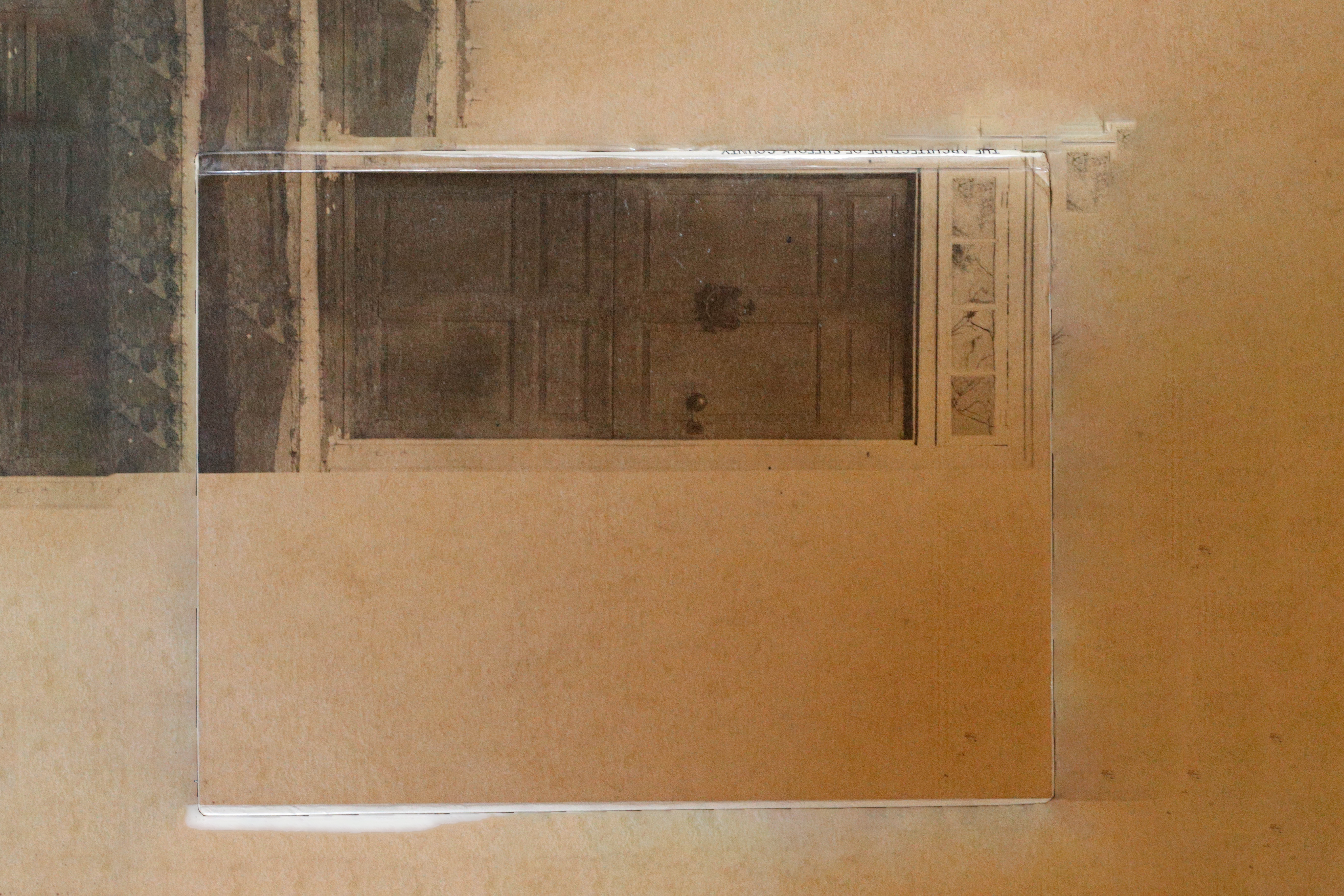Sarah Vitale—researcher, art historian and visual artist based in New York. I have a master’s degree in medieval and renaissance studies from KU Leuven (Belgium) and a degree in photography from FIT (NYC).
You can see more of my work on Instagram. You can get in touch with me here ︎ sarahxvitale(at)gmail(dot)com . Download CV
You can see more of my work on Instagram. You can get in touch with me here ︎ sarahxvitale(at)gmail(dot)com . Download CV
Sonnets to Cy
With her new series, Sonnets to Cy, Vitale takes poetical inspiration from the classical undertones imbued in Cy Twombly’s forms. Upon examining the veiled meaning of his sculptures, a veneration for antiquity pervades much of his work. His oeuvre is a meditation on classic concepts - of poets, philosophers and mythologies such as Plato, Pessoa, Mallarmé and Rilke.
Sonnets to Cy consists of seventeen floating arrangements conceptualized from fragments of antiquarian sculpture and architecture to form sonnets on paper. Vitale’s series should be linked to collage as a reflective and conversant endeavour - an exchange between two artists of different epochs and media. The duality of Vitale’s shallow relief collage-as-sculpture vs. Twombly’s three-dimensional sculptures emphasize the transformative power of extending the boundaries of depth and meaning by re-invention. In an effort to mold the viewer’s perception, Vitale assumes the role of a sculptor. Taking each of Twombly’s constructs as a lesson, she sculpts her “poems” by hand to reconceive both the archetype and signification anew. In these sculptures about sculpture there is the representation of the thing itself; but also an attempt to achieve the infinite and the eternal,– a gradual ascent which, like a crescendo, echoes a sonnet to the past.




















Finestra Aperta: Dreamscapes
To take part in, what I can only describe as, an emotional act of gazing. Through the incompleteness of these architectural spaces, a symbolic scenography is formed through voids, incompleteness and omissions. A concept which can be found for example in Leon Battista Alberti’s symbolic considerations, taken from his De pictura of 1435, with which he theorizes the method of perspective in the figurative arts, comparing a picture to an open window, or aperta finestra. Unfolding this Albertian “window” beyond merely a visual tool as it was known to be in the Renaissance, I shift to focus on the spatio-phenomenological significance of the perspective window where threshold and frame merge harmoniously to evoke visual narratives lost between the worldly and otherworldly / reality and illusory space / memory and time.
Dreamscapes re-imagines the function and purpose of built space by seamlessly blending layers of varying environments via portals to another place and time; the viewer’s imagination travels into both the past and the future.
These dreamscapes offer a zen-like consciousness to reflect, allowing the gaze to drift and focus on the horizon line. Where does the scene depicted end and the imaginative world begin?

